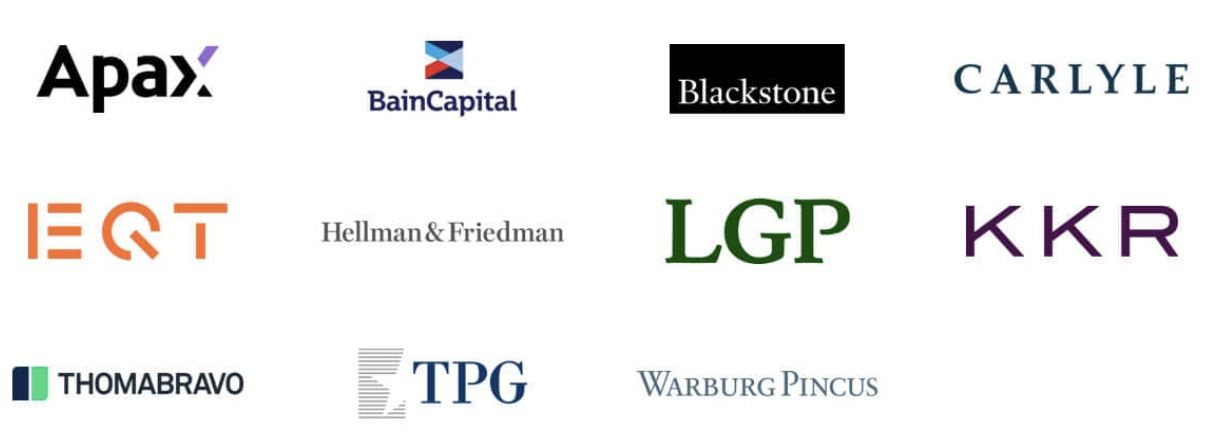Health Capital: A Review of the Role of Private Equity in Healthcare
The healthcare industry in the United States is immense, by far the largest privatized healthcare system in the world. It employs millions of doctors, nurses, administrators, researchers, and support staff, and is valued at over $5 trillion. The sheer scale and complexity of the sector require the owners and managers of U.S. hospitals, both public and private, for-profit and non-profit, to operate substantial organizations where the stakes are exceptionally high. In healthcare, business decisions directly affect human lives, making the pursuit of efficiency and profitability inseparable from ethical and social responsibility.
Private equity, by contrast, operates in a world driven primarily by financial optimization. PE firms acquire companies through leveraged buyouts or equity investments, seeking opportunities to cut costs, streamline operations, and grow profits before ultimately selling their holdings at a premium. At first glance, this profit-centric model appears far removed from the mission-driven world of hospitals and healthcare providers. Yet in recent years, these two domains have become increasingly intertwined.
The Surge of Private Equity in Healthcare
Over the past two decades, private equity involvement in the healthcare sector has expanded dramatically. According to researchers at the Harvard T.H. Chan School of Public Health, private equity firms owned 816 physician practices in 2012. By 2021, that number had risen to 5,779, a more than 600 percent increase in less than a decade. This rapid growth reflects the sector’s high potential for consolidation, profitability, and financial engineering, making healthcare a natural next frontier for PE investment.
In the years following the COVID-19 pandemic, many healthcare organizations faced severe financial distress. This environment created opportunities for private equity firms such as Thomas H. Lee Partners, Leonard Green & Partners, and Sycamore Partners to acquire struggling companies and attempt to restore profitability through capital infusion and managerial restructuring.
In 2024 and 2025 alone, at least four major PE-led transactions exceeded $2.5 billion in equity value. For example:
In Q1 2024, Thomas H. Lee Partners acquired medical technology firm Agiliti for $2.5 billion ($10 per share). Agiliti, an 85-year-old company, provides equipment management and services to over 10,000 healthcare facilities nationwide.
In Q3 2024, The Carlyle Group purchased Vantive, Baxter International’s kidney care division, for $3.8 billion.
In Q3 2025, Patient Square Capital acquired Premier Inc., a major provider of healthcare data analytics and technology services, for $2.6 billion.
Most recently, in Q1 2025, Sycamore Partners bought Walgreens Boots Alliance, including its U.S. and U.K. pharmacy divisions, in a $10 billion deal, valuing shares at $11, down from $51 in 2021.
When Private Equity Meets Public Health: The Steward Health Care Case
Financial difficulties are not new to for-profit hospital systems, and the pandemic is not solely to blame. Perhaps the most illustrative example of the risks associated with healthcare privatization is the story of Steward Health Care.
Originally a struggling nonprofit system owned by the Catholic Church under the name Caritas Christi Health Care, the network was purchased in 2010 by Cerberus Capital Management, a major PE firm. Cerberus rebranded it as Steward Health Care, but ongoing financial instability prompted Steward to sell its hospital real estate to Medical Properties Trust (MPT) in a sale-leaseback deal worth $1.2 billion. Cerberus used the proceeds to repay investors and fund rapid expansion, acquiring 26 more hospitals and becoming the largest private for-profit hospital system in the world.
However, the lease structure left Steward vulnerable. MPT could raise rents freely, and Steward could not relocate its hospitals. Over time, rising rents and declining revenues pushed Steward deeper into debt. After Cerberus exited the investment in 2021 with an estimated $800 million profit, Steward’s finances continued to deteriorate. By 2024, the company was $50 million behind on rent and ultimately filed for bankruptcy.
The Ethical and Economic Debate
The Steward case underscores a broader question: Is a profit-first approach compatible with healthcare delivery?
John McDonough, professor of public health at Harvard, has described private equity as “capitalism on steroids,” arguing that its incentives run counter to the goals of public health. Research supports this view, as studies indicate that after PE acquisitions, hospitals often raise charges for visits and procedures by 7 to 16 percent, while simultaneously reducing staffing, potentially contributing to higher rates of adverse patient outcomes.
A January 2025 report from the U.S. Senate Budget Committee echoed these concerns, asserting that private equity’s profit-driven strategies undermine the long-term sustainability of healthcare institutions. The report cited examples such as Prospect Medical Holdings, formerly owned by Leonard Green & Partners, which faced severe financial troubles in 2022, and Lifepoint Health, owned by Apollo Global Management, which was implicated in a patient abuse scandal.
Policy Responses
State governments have begun to respond with legislation aimed at increasing transparency and accountability in healthcare investments.
In Massachusetts, Governor Maura Healey signed a law in January 2025 requiring private equity firms to disclose more detailed information about their healthcare portfolio companies, intended to deter “bad actors” and promote financial transparency.
Similarly, California expanded regulatory oversight of healthcare transactions. Under a new bill signed by Governor Gavin Newsom, the state’s Office of Health Care Affordability, established in 2022, now has the authority to review and approve all major healthcare buyouts.
Conclusion
The convergence of private equity and healthcare highlights a defining tension in modern capitalism: the balance between financial efficiency and social responsibility. While private investment can inject much-needed capital and managerial expertise into struggling systems, the sector’s profit-first incentives can conflict with the ethics of medicine. As more states adopt transparency laws and as federal scrutiny increases, the question remains whether the U.S. healthcare system can reconcile these competing forces, or whether the pursuit of profit will continue to take precedence over patient care.



